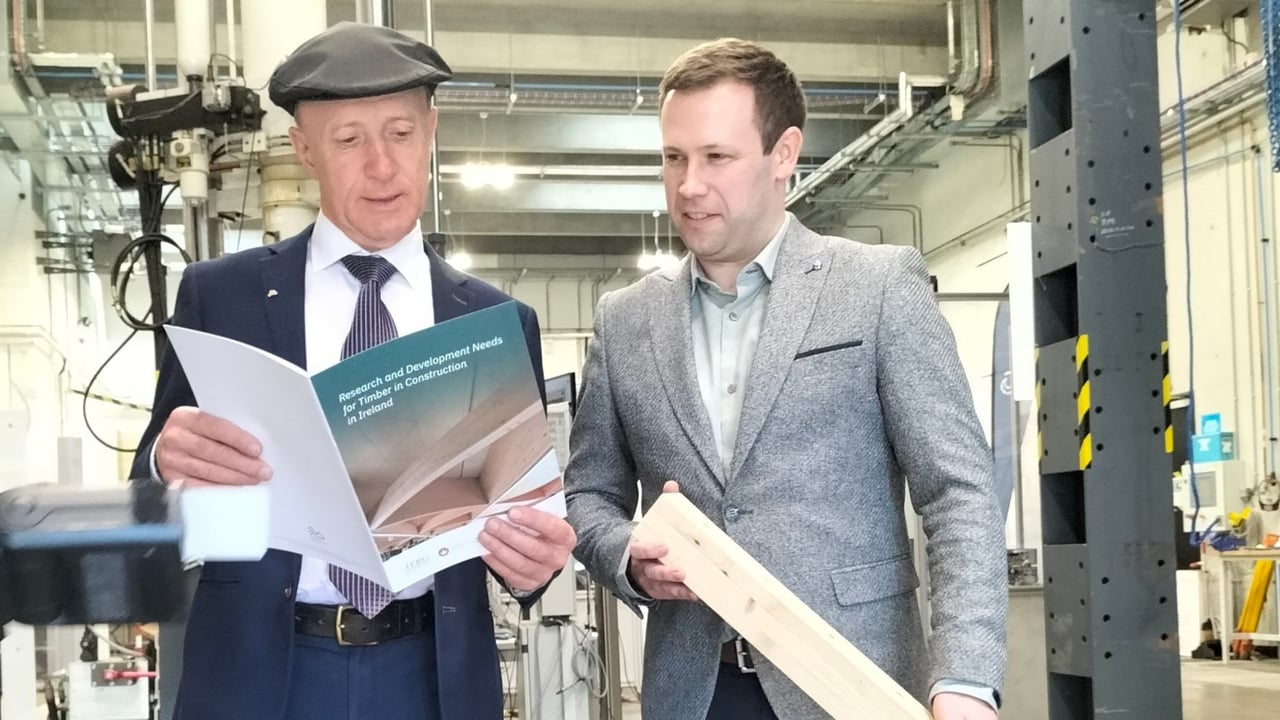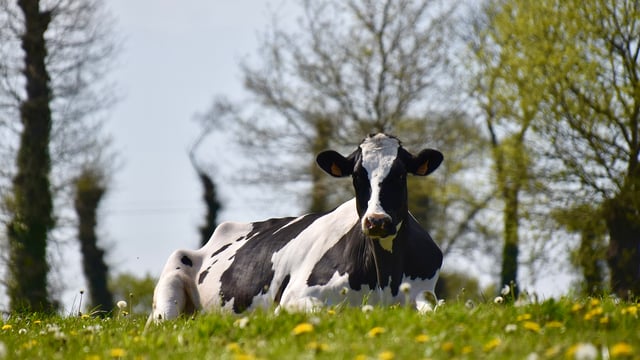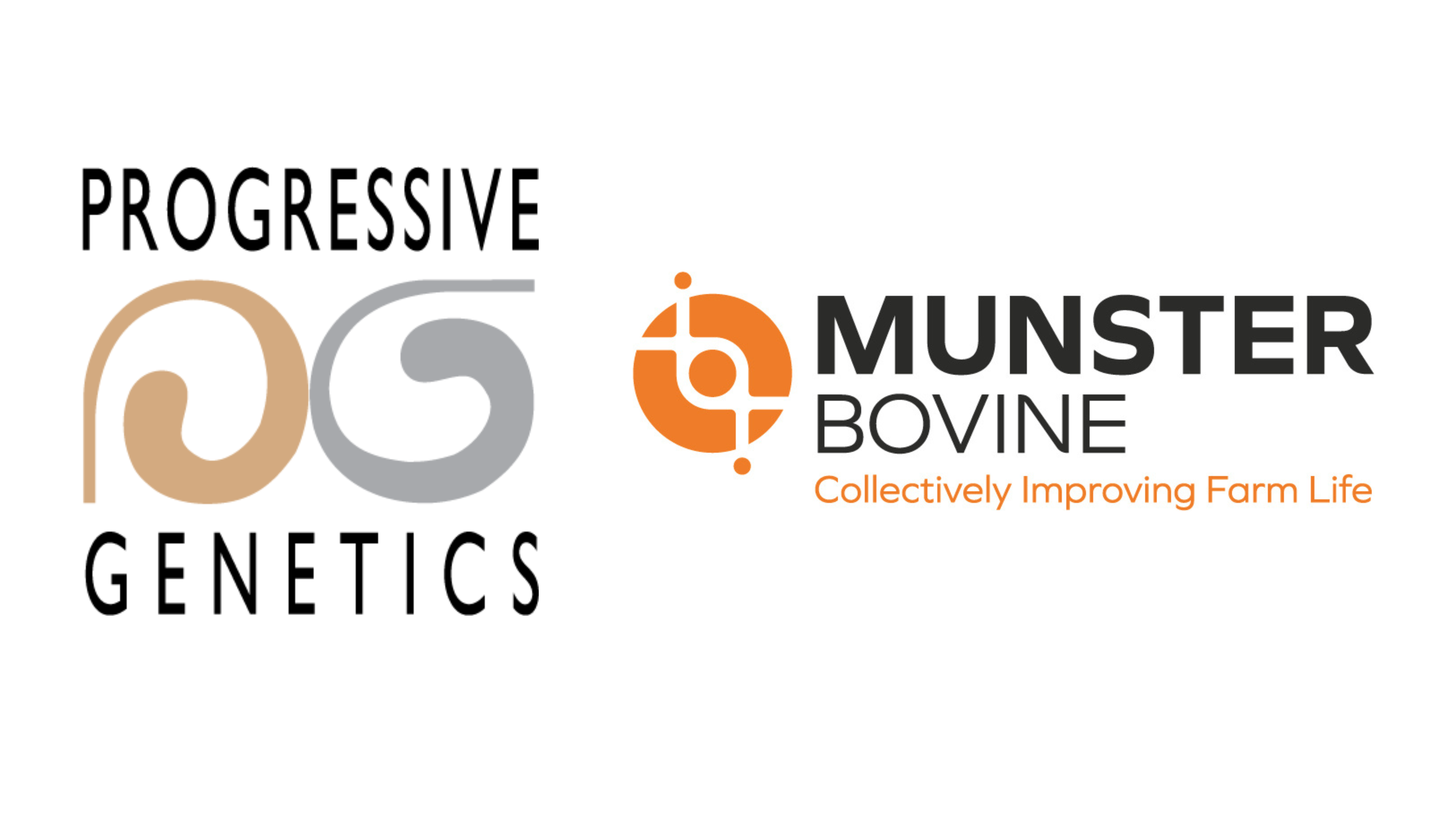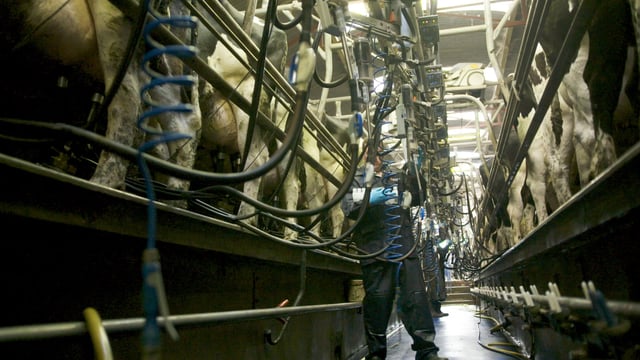New report 'important for advancement of timber construction' in Ireland
A new report focused on timber has been published, making a number of recommendations to support its greater use in construction, sustainable building and carbon reduction.
Minister of State with responsibility for forestry, Michael Healy-Rae has announced the publication of the 'Research and Development Needs for Timber in Construction in Ireland' report while visiting the University of Galway.
The report forms part of the work carried out by the Interdepartmental and Industry Working Group on Timber in Construction, which aims to increase the use of wood in construction while maximising the use of Irish-grown timber.
Emphasising the role of research in driving low-carbon construction, Minister Healy-Rae said: “With the construction sector seeking more sustainable alternatives, it is vital we recognise the role our forests can play in shaping the future of our built environment.
"This government is committed to supporting timber use in building projects, and I welcome the dedication of stakeholders in Ireland, researchers in particular, in identifying how innovation can help advance the use of timber in construction in Ireland."
The report presents the results of a survey conducted among members of the research and development group within the Timber in Construction Steering Group.
It sets out priority research and development actions to support greater use of timber in construction, sustainable building and carbon reduction.
Minister Healy-Rae added: "There is a real opportunity to increase the market for timber frame homes and the use of home-grown Irish timber in response to the housing and climate crises.
"There is also a growing interest in mass timber for mid- and high-rise buildings, and this report provides clear direction for targeted research."
The minister said he is encouraging stakeholders to "embrace timber’s role in the built environment".
"Over the years, the Department of Agriculture, Food and the Marine has funded key timber research and green public procurement projects, helping develop the forest sector, and supporting our farmers and forest growers," he said.
"We have thriving forestry and timber industries, and the time is right to integrate timber more efficiently into Ireland’s construction sector."
Patrick McGetrick of University of Galway and chair of the research and development thematic group said that the publication of this report is "very important for the advancement of timber construction in Ireland".
"Research plays a critical role in ensuring the safe and effective use of timber as a structural material," McGetrick said.
"It provides scientific evidence that enhances confidence among engineers, architects, builders and the general public as end users.
"There are still many questions to be answered in relation to the use of wood in construction, not only from a structural design point of view, but also to maximise its performance, and to better understand the environmental benefits of its use as a source of carbon storage.
"Addressing these questions require academia, industry and policymakers to work together, and I am delighted to see the results and future potential of such collaboration reflected in this report."
The report makes a number of recommendations, based on consultations with academics and practitioners, that "address both current challenges and future needs".
These main recommendations are:
- Develop a central online repository for timber in construction;
- Publication of case study projects that include demonstration of existing buildings and new technologies;
- Assess the use of incentives to promote an increase of timber in construction;
- Collect data on the durability performance of new or existing mass timber and timber frame construction;
- Assess the whole lifecycle carbon from the forest stage to the end of the timber building design life;
- Production of interim guidance documentation on mass timber that is easy to access for fire safety officers and practitioners involved in delivery of buildings using mass timber.





